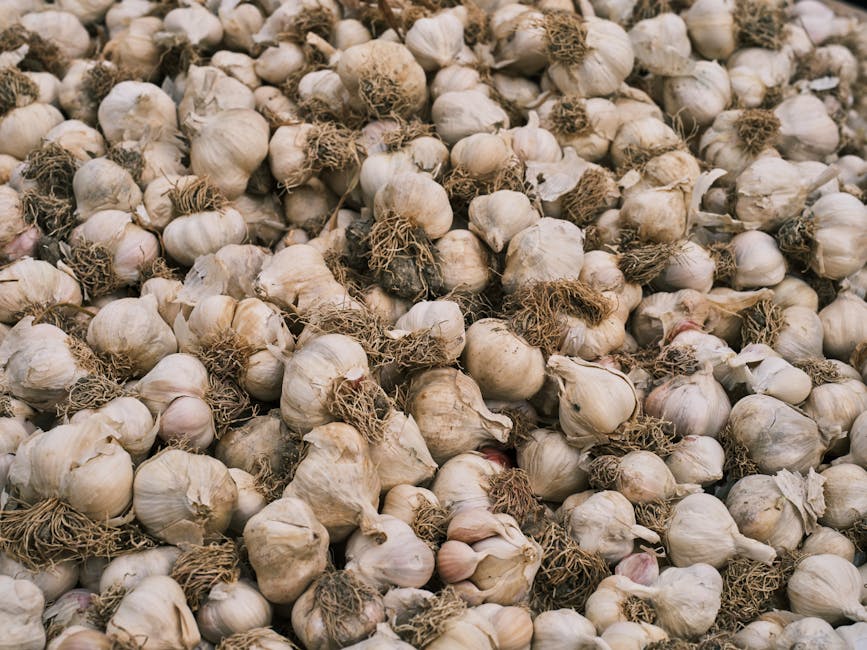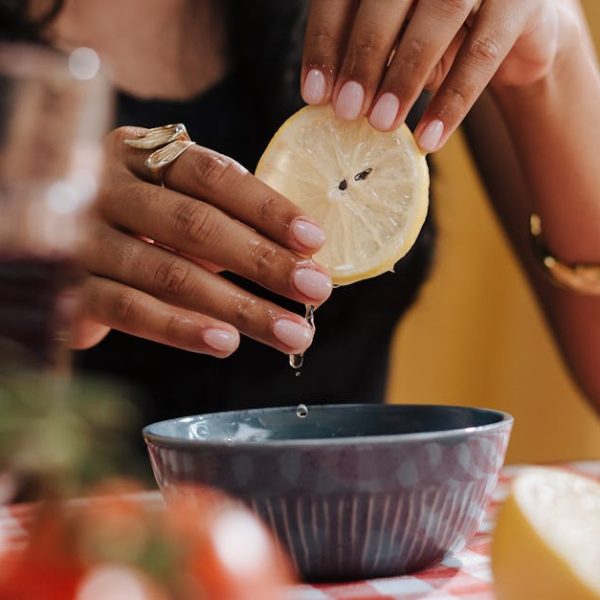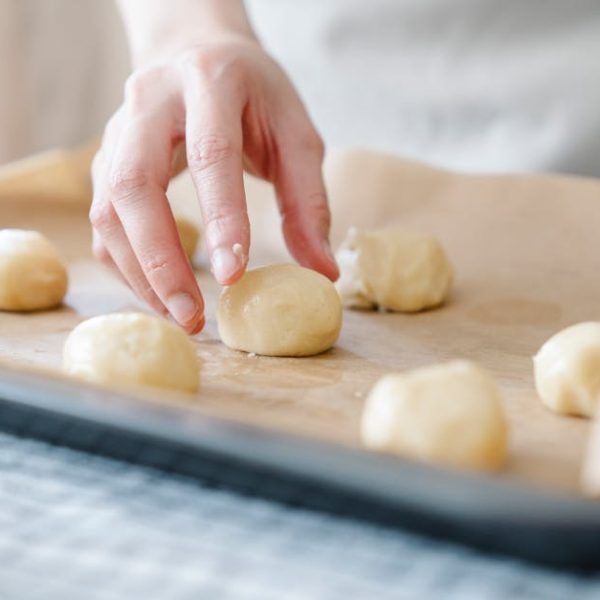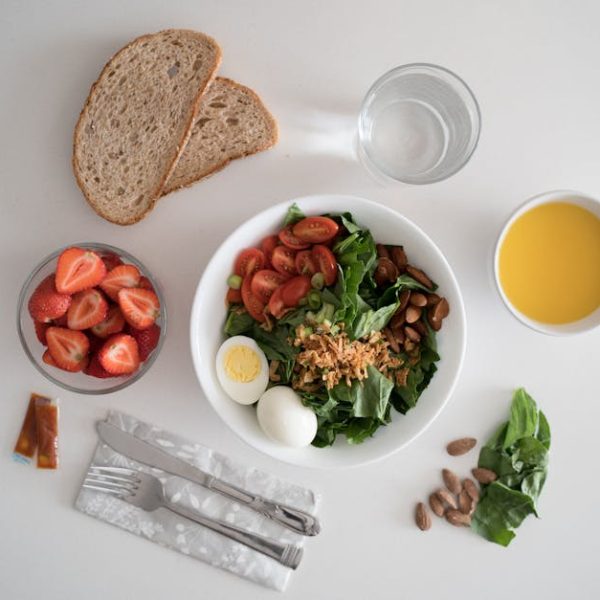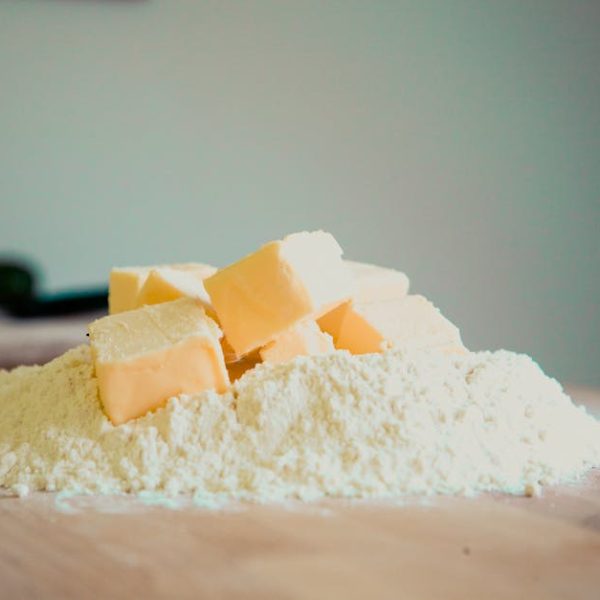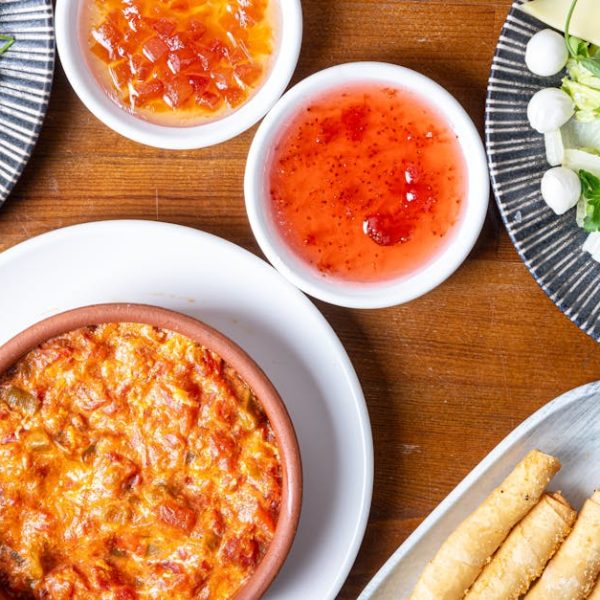Garlic, known scientifically as Allium sativum, is a staple in kitchens around the world. This humble bulb has been a vital ingredient in culinary delights from diverse cultures, instantly enhancing flavors with its distinctive taste. But beyond its culinary contributions, garlic is loaded with nutritional benefits. In fact, throughout history, it has been used extensively for its medicinal properties.
Here’s a snapshot of the key nutrients found in garlic:
- Allicin: An organosulfur compound known for its potent medicinal properties
- Selenium
- Manganese
- Vitamins B6 and C
- Fiber
The health benefits associated with garlic are extensive:
- Boosts immune system
- Helps lower blood pressure
- Reduces cholesterol levels
- Aids in combatting common cold
- Could potentially reduce the risk of Alzheimer’s Disease and dementia
- Detoxifies heavy metals in the body
Grasping Garlic Powder: Features and Advantages
Garlic powder, derived from the dehydrated, finely grounded cloves of fresh garlic, shares many attributes with its fresh counterpart but offers other convenient features. While it doesn’t entirely replicate fresh garlic’s vibrant flavor, it provides a milder taste that serves as a steady background note in many dishes.
Like fresh garlic, garlic powder contains:
- Allicin
- Selenium
- Manganese
- Vitamins B6 and C
- Fiber
The health benefits are comparable, including boosted immunity, blood pressure regulation, and cholesterol reduction. It also shares fresh garlic’s potential to combat cold symptoms and reduce the risk of neurodegenerative diseases.
Distinguishing Factors between Garlic and Garlic Powder
While fresh garlic and garlic powder share a similar nutritional profile and health benefits, several factors set them apart, including flavor, texture, and ease of use. Raw garlic offers a potent and sharp flavor, which mellows and sweetens when cooked. On the other hand, garlic powder imparts a softer, subtle flavor ideal for dishes that call for a balanced, non-aggressive taste.
| Garlic | Garlic Powder | |
|---|---|---|
| Flavor | Strong, potent | Mild, subtle |
| Texture | Crunchy when raw, creamy when cooked | Fine, powdery |
| Nutrition | Full of vitamins, minerals | Comparatively lower nutritional value |
| Usage | Shorter shelf life, needs peeling and chopping | Longer shelf life, instant use |
With the pros and cons of both considered, the ultimate decision boils down to factors such as personal preference, type of cuisine being prepared, and availability.
Optimal Usage of Garlic vs. Garlic Powder in Cooking
Whether you should opt for garlic or garlic powder in your cooking heavily depends on the type of cuisine, authentic flavor profiles, cooking method, and the convenience factor.
For instance:
- Fresh garlic works well for heating processes like sautéing and roasting, and it’s almost universally preferred in fresh preparations like salads and dressings.
- Garlic powder, in contrast, is ideal for long-cooking recipes, such as roasts, stews, or slow-cooker meals. It’s also great in rubs or marinades where it spreads flavor evenly.
Checklist:
- The following dishes are most suited to fresh garlic:
– Garlic bread
– Pasta Aglio e Olio
– Fresh salads
– Stir-fries
- Garlic powder is ideal for:
– Dry rubs
– Slow-cooked dishes like stews or chilies
– Popcorn seasoning
Interchangeability and Conversion Rates between Garlic and Garlic Powder
While feasible, substituting garlic with garlic powder or vice versa requires thoughtful consideration. Although they come from the same source, their distinct flavor profiles can dramatically alter the taste of your dish. Understanding the conversion rates between the two can come in handy.
Here is a quick conversion table:
| Garlic | Garlic Powder |
|---|---|
| 1 clove | 1/8 teaspoon |
| 3 cloves | 3/8 teaspoon |
| 1 whole bulb (about 10 cloves) | 1 1/4 teaspoon |
In conclusion, while garlic and garlic powder have their unique attributes, both can be a key spice in your kitchen, offering versatility, ease, and a myriad of health benefits. Choose according to your culinary needs and flavor preferences, substantiating your cooking ventures with the pungent charm of garlic in one of its many avatars.
Key Takeaway:
- Garlic and garlic powder are nutritionally within the same range, offering health benefits such as boosting the immune system, lowering blood pressure, and reducing cholesterol levels.
- Fresh garlic provides a potent and sharp flavor, excellent for heating processes like sautéing and roasting, while garlic powder offers a milder, consistent flavor, ideal for long-cooking recipes and dry rubs.
- Substituting between the two should consider their distinctive flavor profiles. An average garlic clove is equivalent to approximately 1/8th of a teaspoon of garlic powder.
In our journey through the culinary world, it’s key to understand not only the ingredients we use but also their forms and variations. Whether you choose fresh garlic or its powdered counterpart, each has its unique charms and uses. So, experiment, innovate, and discover what works best for you in your kitchen adventures!
FAQs
Q: Can excessive consumption of garlic or garlic powder have negative effects on health?
A: Too much of anything can be harmful, and garlic is no exception. Ingesting excessive amounts over time can cause an upset stomach, heartburn, and sometimes an allergic reaction. As with most foods, use garlic in moderation for the best balance of flavor and health benefits.
Q: Does cooking affect the nutritional content of garlic or garlic powder?
A: Yes, cooking can affect the nutritional value of these ingredients. Heat reduces the potency of allicin, the main health-promoting component in garlic. Aim to use a mixture of both cooked and raw forms in your diet to maximize health benefits.
Q: Can you make garlic powder at home?
A: Absolutely! You can easily make garlic powder at home by dehydrating garlic cloves and grinding them into a fine powder. Store it in an airtight container in a dark, cool place to ensure longevity.
Q: Can I use garlic powder to make a garlic paste?
A:Yes, you could make a paste using garlic powder by mixing it with a bit of water; however, keep in mind that it will not have the same texture or flavor intensity as paste made from fresh garlic.
Q: How can I maximize the nutritional benefits of garlic when cooking?
A: Crushing or chopping garlic and letting it rest before heating allows its health-promoting compounds to form and withstand the cooking process. Incorporating it towards the end of cooking can also help preserve its nutrients.
Feel free to share the article with fellow home cooks or anyone interested in exploring the differences between garlic and garlic powder. You could find more valuable insights and tips on our website. Happy cooking!
